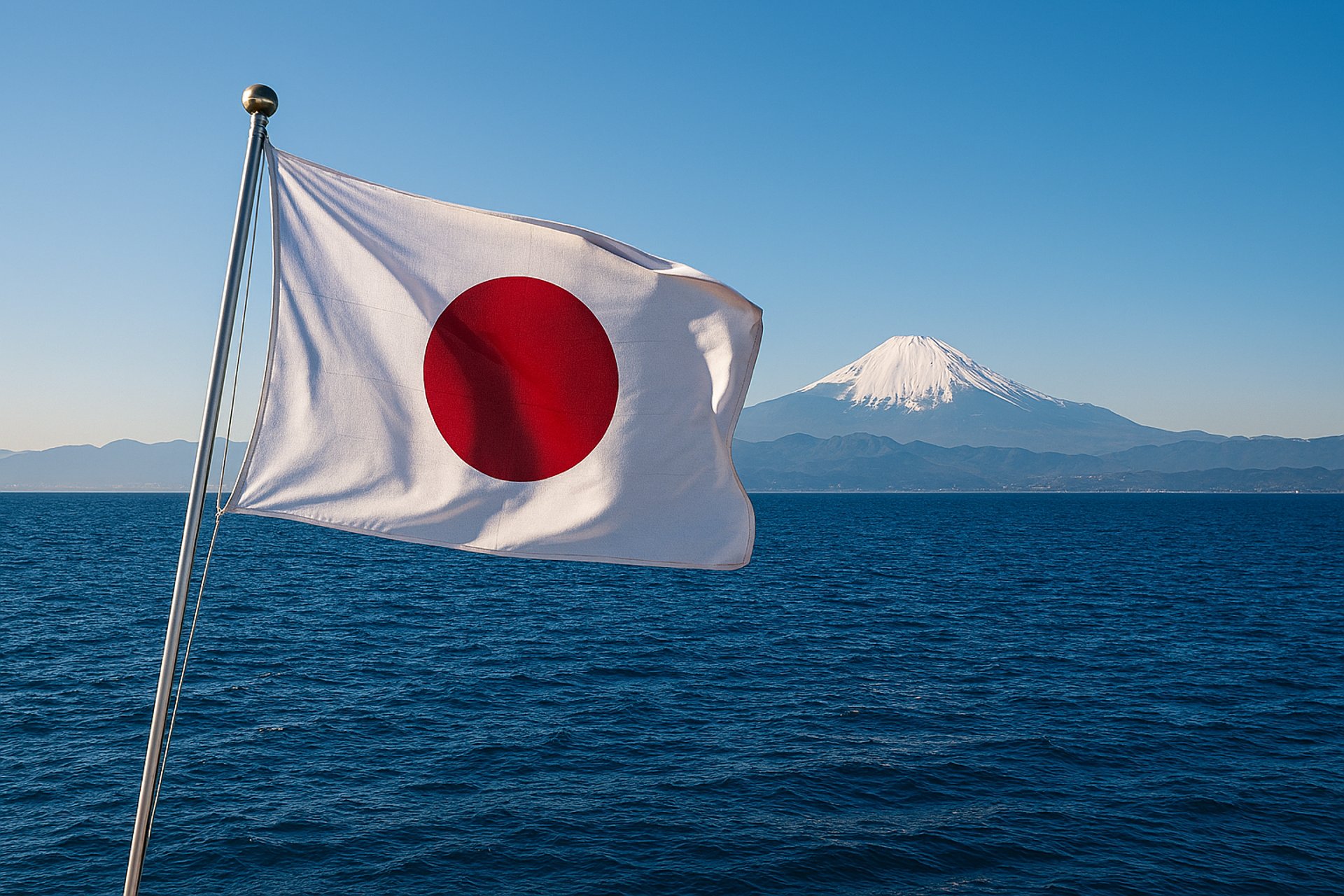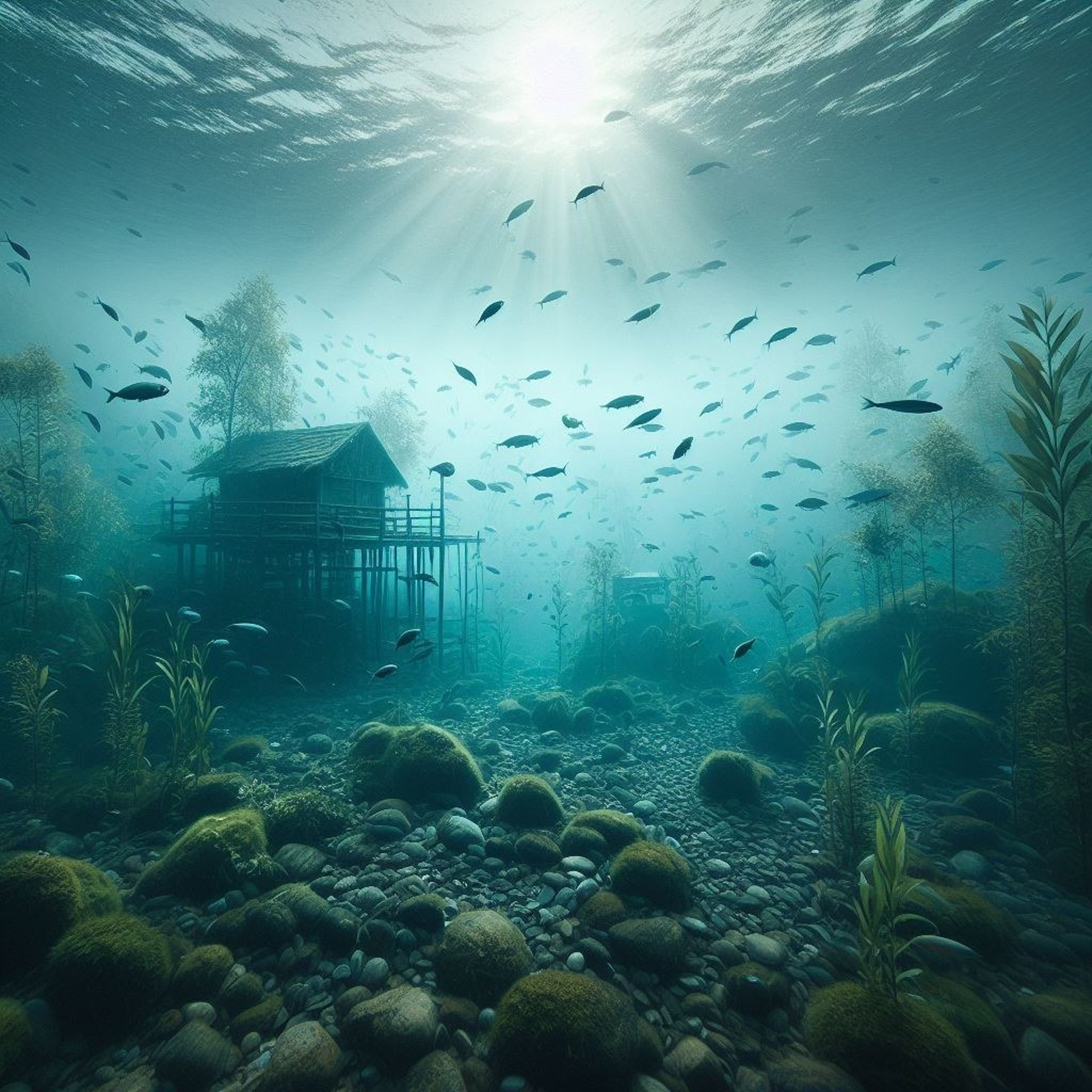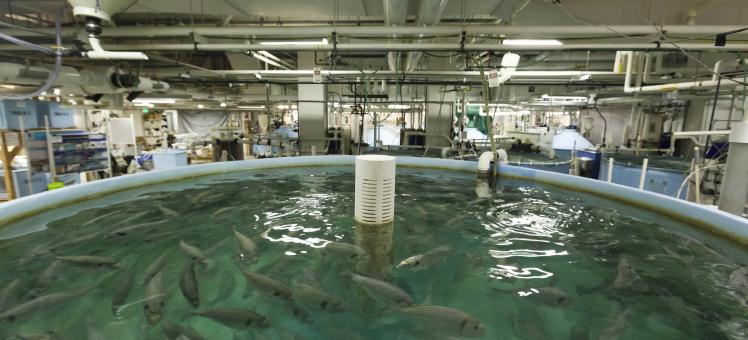
Trout in Japan
Trout Farm (Shiga Prefecture): Established in 1878, it's Japan’s oldest trout farm. Originally focused on Biwamasu (Biwa salmon), it now cultivates various trout species including:
Nijimasu (Rainbow trout)
Amago (Amago trout)
Iwana (White-spotted char)
Hayashi Trout Farm (Fukushima Prefecture): Founded in 1935, this family-run farm pioneered inland trout farming using spring water and now operates multiple flow-through and RAS systems.
Farming Systems & Technology
Land-Based Aquaculture: Due to Japan’s warm coastal waters, trout farming is primarily inland using:
Flow-through systems: Utilize natural spring water
Recirculating Aquaculture Systems (RAS): Allow for controlled environments and year-round production
Water Quality: Farms often rely on pristine spring water from mountainous regions, maintaining optimal temperatures (~12°C) for trout health and growth
Species & Cultivation
Commonly farmed trout include:
Rainbow trout (Nijimasu): Widely cultivated for food and recreational fishing
Amago and Iwana: Native trout species with cultural and ecological significance
Some farms also raise rare species like Ito (Sakhalin taimen) and Chouzame (Sturgeon) for conservation and display
Tourism & Education
Many trout farms double as recreational and educational facilities, offering:
Fishing experiences (bait and lure)
Trout feeding and egg collection demonstrations
On-site dining featuring freshly caught trout

The information on this website is for general informational purposes only. Fishfarmsolutions.com makes no representation or warranty, express or implied. Your use of the site is solely at your own risk. This site contains links to third party content, which we do not warrant, endorse, or assume liability for.


